Aperçu
Options de formation pratique et ciblée pour les employeurs, employés, associations et éducateurs agricoles.
Le programme AgriCompétences qui portent sur les importantes difficultés liées à la main-d’œuvre en agriculture et soutiennent le développement d’une entreprise productive et rentable.
Grâce à un vaste éventail de ressources (ateliers, webinaires, vidéos, apprentissage en ligne, programme d’études et formation en cours d’emploi), AgriCompétences offre :
- outils et formation sur les RH à l’intention des superviseurs et des gestionnaires agricoles;
formation en cours d’emploi et apprentissage en ligne autodirigé pour les travailleurs;
formation pour les superviseurs qui gèrent des travailleurs étrangers;
outils de suivi pour s’assurer que les travailleurs ont les compétences dont ils ont besoin;
formation adaptée à des produits précis ou des difficultés propres à l’industrie.
Women in Agriculture Essential Leadership Skills Development Program
The Women in Agriculture Essential Leadership Skills Development Program is designed to empower women working in primary agriculture and industry associations by developing core leadership skills.
This 10-week interactive program offers a blended learning experience, combining online modules, live webinars, group discussions, and practical exercises to equip participants with the tools needed to lead teams effectively. Developed specifically for women in agriculture, the program uses real-life examples and work scenarios from Canadian primary agriculture and industry associations. Key topics include communication, leading by example, building trust, emotional intelligence, resolving conflicts, and addressing the unique challenges faced by women leaders. Additionally, the program covers critical leadership skills such as coaching, delegation, planning, and inclusive leadership. Participants will also hear directly from women leaders through guest speaker session, offering valuable industry insights and networking opportunities.
The program’s goal is to support women who want to strengthen their leadership abilities, step into leadership roles, and contribute to the growth and success of the agriculture industry.
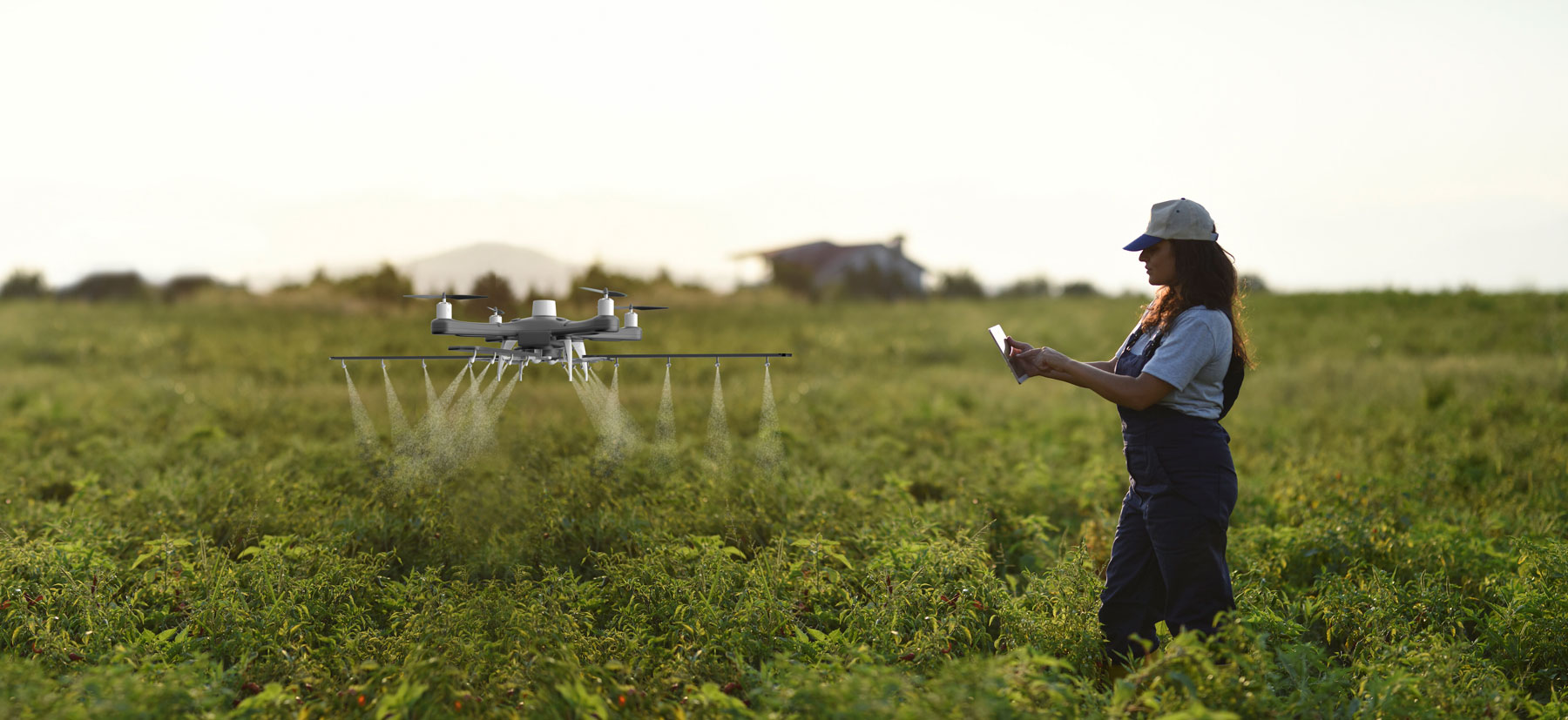
Delivery Format
This is an on-line facilitated program offered in a blended format. The program combines independent e-learning, live Zoom lectures at a set time, group discussions, guest speaker session and home assignments. The course will be facilitated via virtual platform CAHRC Connect. E-learning will be delivered via CAHRC’s learning management platform Agriskills. Access to the learning content will be open one week prior to the start date. All Zoom links, learner’s guide and learning calendar will be posted to CAHRC Connect.
Live Zoom Sessions: Thursdays Jan 9, Jan 16, Jan 23, Jan 30, Feb 6, Feb 13, Feb 20, Feb 27, Mar 6, Mar 13 11:00 AM – 12:30 PM EST. Jan 9 session will be from 11:00 AM till 1:00 PM EST.
Live Zoom sessions will be recorded for those who are not able to attend.

Eligibility and Tuition
Eligibility
This program was originally designed for women who are just beginning to take on leadership responsibilities and want to feel more confident in their roles. However, based on feedback, experienced leaders seeking to refine their leadership skills have also found the program beneficial. Below is a brief description of participants who are likely to gain the most from this program:
- Emerging Leaders: Women who are beginning to take on leadership responsibilities and want to build a strong foundation of leadership skills.
- Aspiring Leaders: Women who are not yet in formal leadership roles but are preparing for future opportunities in leadership positions within primary agriculture or industry associations.
- Women Facing Leadership Challenges: Individuals who feel uncertain or lack confidence when required to demonstrate leadership, such as managing teams, making decisions, resolving conflicts or leading projects.
- Women Returning to the Workforce: Women transitioning back into their careers after maternity leave or a career break, who want to gain confidence, develop leadership skills, and build a supportive professional network.
- Current Leaders Looking to Strengthen Skills: Women who are already in leadership roles but feel they need to enhance their ability to lead teams effectively, particularly in challenging situations, and who want to refine their skills in areas like emotional intelligence, conflict resolution, and inclusive leadership.
Admission Requirements
Participants must be at least 18 years of age.
A minimum of 2 years of experience working in the agriculture industry in Canada is required, either in the primary farm sector or industry association. This experience ensures that participants have a foundational understanding of the agricultural industry, allowing them to engage meaningfully with the course content and contribute to discussions.
A proficiency in English is required, meaning participants should be able to communicate effectively in both spoken and written English, comprehend course materials, and participate in discussions and activities within the program.
Tuition & Fees
Tuition
The cost of the program is $1,950.00 plus applicable taxes and includes all learning materials.
For added flexibility, tuition can be paid in two equal installments, if preferred.
Some participants may also be eligible for provincial funding or scholarship opportunities. For more information on financial assistance, please refer to the details provided here (link).
Refund Policy
The full tuition fee will be reimbursed up to one week prior to the start of a course. The tuition fee less an administrative fee of $250.00 will be reimbursed prior to the start of the second session. No refunds will be granted after this point.

Curriculum Overview
Microcredential Certificate
Participants will receive Certificate of Completion upon completing the course that issued by the Canadian Agricultural Human Resource Council (CAHRC).
Microcredentials are designed to provide focused, specialized training in a particular area of expertise. They are recognized as evidence of knowledge and skills gained through short, competency-based learning.
To receive the certificate, participants must attend at least 70% of the live sessions. This attendance requirement ensures that participants are actively engaged and benefit from both the content and the interactive learning experience. The certificate serves as a valuable recognition of your commitment to professional development and can be shared with current or prospective employers to highlight your new skills in the agriculture and leadership.

Instructor

Dr. Andrea Butler
Andrea Butler is a consultant and co-founder of Perennial Talent. She has her Ph.D. in industrial-organizational psychology from the University of Windsor and over 10 years of experience developing and delivering talent management solutions including partnering with CAHRC on various Agri HR Initiatives, such as designing and delivering training workshops on topics including leadership skills and how to conduct an interview. She has extensive experience developing technical and non-technical competencies and advising clients on their use. She has developed over 100 technical competencies and more than a dozen National Occupational Standards. Andrea believes in the importance of helping clients to step up to the plate and run the bases. Outside of the office, Andrea loves to cheer for the Toronto Blue Jays. Go Jays Go!
The program will also feature a guest speaker, a prominent female leader in the agriculture industry, who will share insights and experiences with learners.
Program Outline
Session 1: Introduction to Leadership
Session 2: Navigating Leadership Challenges for Women
Session 3: Communication & Influence
Session 4: Building and Maintaining Trust
Session 5: Emotional Intelligence
Session 6: Conflict Resolution
Session 7: Delegating & Planning
Session 8: Coaching for Success
Session 9: Inclusive Leadership & Psychological Safety
Session 10: Guest Speaker Session & Networking
Welcome to Canadian Agriculture
The aim of this program is to familiarize new Canadians and individuals willing to explore new careers with the agriculture industry in Canada and increase their job readiness to enter the agricultural industry.
With the Government of Canada’s Immigration Level Plan to welcome over 1.45 million immigrants over the next three years, newcomers are to become an essential force to overcome chronic labour shortages in all sectors, including agriculture. Providing new Canadians with information about the agriculture industry and available job opportunities will help with their integration into the labour market and address some of the labour shortages faced by the industry and rural communities.
Welcome to Canadian Agriculture is an online self-paced training program for newcomers to Canadian agriculture. The program is designed to benefit new Canadians and those considering building careers in agriculture in Canada.
This program provides a general overview of the agriculture sector, its main commodities, job outlook, and various career pathways that can be found in the industry for individuals from different nationalities, backgrounds, and education, experience, training, and language skills.
While learning about agriculture, participants will learn that working in agriculture does not always mean working on the farmland, as there are other rewarding careers outside of the farm gates in business, marketing, electronics, and much more.
Learn more or enroll today.
Formation en gestion des ressources humaines
AgriCompétences offre outils et formation en ligne sur les RH à l’intention des superviseurs et des gestionnaires agricoles.
Vous avez besoin d’une solution de formation en RH adaptée aux besoins de vos clients?
Associez-vous au CCRHA pour créer une solution personnalisée, à donner en classe ou en ligne. Les spécialistes en RH du CCRHA collaboreront avec vous pour concevoir une série de webinaires, des modules d’apprentissage en ligne, un séminaire, un atelier ou un programme qui répond à vos exigences organisationnelles et aux besoins de votre client. Voir ci-dessous comment le CCRHA peut aider.
Formation en ligne
RH 101 – Gestion des ressources humaines : un bref survol
RH 101 s’adresse aux propriétaires et aux gestionnaires agricoles qui veulent en apprendre davantage sur les pratiques exemplaires afin de recruter, de maintenir en poste et de gérer plus efficacement les travailleurs. Associez-vous au CCRHA pour créer une solution personnalisée, à donner en classe ou en ligne.
Divisé en six modules d’apprentissage, RH 101 présente les pratiques clés en matière de RH qui permettent d’avoir un effectif épanoui, engagé et productif. Des outils et des gabarits téléchargeables sont aussi inclus dans le cours d’apprentissage en ligne et peuvent être offerts à vos membres à un coût réduit lorsque vous établissez un partenariat avec le CCRHA.
Les modules portent sur les sujets suivants :
- Aperçu de la gestion des ressources humaines
- Planification des ressources humaines
- Politique des ressources humaines
- Trouver des travailleurs qualifiés
- Embaucher et maintenir en poste des travailleurs qualifiés
- Assurer la formation et le perfectionnement de vos employés
En apprendre plus sur la formation RH 101
Formation en milieu de travail
Ces outils simples et utiles aident les formateurs, les superviseurs et les mentors à enseigner les compétences nécessaires aux nouveaux employés ou aux employés inexpérimentés dans un environnement de travail. Elle vous permet aussi d’officialiser et de normaliser la stratégie de formation de votre entreprise agricole, tout en vous assurant que vos travailleurs peuvent réaliser leurs tâches de façon sécuritaire et efficace. Initialement adapté pour les horticulteur paysagiste, elle permet de former rapidement les employés, de façon sécuritaire et efficiente, grâce à des outils de formation en cours d’emploi.
Atelier de planification des RH
Cet atelier s’adresse aux propriétaires et aux gestionnaires agricoles et met l’accent sur la planification des RH, en appui aux objectifs et aux priorités stratégiques de l’entreprise. Les participants apprennent les cinq étapes du processus de planification : aperçu des principaux secteurs des RH, analyse de l’effectif, besoins en matière d’effectif, élaboration d’une stratégie et évaluation.
Ateliers de formation en supervision
Cette série d’ateliers d’apprentissage pratiques et interactifs s’adresse aux superviseurs agricoles et leur fournit les outils nécessaires pour améliorer la culture en milieu de travail. Les superviseurs apprennent à apporter des changements durables et optimaux afin d’améliorer le moral des employés ainsi que de favoriser la réussite des travailleurs canadiens et les travailleurs étrangers temporaires (notamment ceux participant au Programme des travailleurs agricoles saisonniers).
Atelier sur le recrutement et le maintien en poste
Cet atelier s’adresse aux propriétaires, aux gestionnaires et aux superviseurs agricoles. Il les aide à prendre des décisions cruciales en matière de RH, d’éviter les pièges courants et de mieux comprendre les meilleures stratégies de recrutement et de maintien en poste.
Webinaires
Webinaires sur les ressources humaines
Ils aident vos membres à régler leurs difficultés liées à la main-d’œuvre ainsi qu’à apprendre les pratiques exemplaires permettant d’établir et de soutenir l’effectif dont ils ont besoin pour atteindre leurs objectifs organisationnels. Cette série de webinaires est divisée en trois parties : le recrutement, la sélection et l’embauche dans une optique agricole. Chaque webinaire est d’une durée de 30 minutes et est accessible au besoin.
Communiquez avec nous pour en savoir plus.
Formation sur la production propre à un produit
Les trousses adaptées de formation en ligne
Les trousses adaptées de formation en ligne offrent à vos membres une façon pratique et efficace de former leurs travailleurs à la production. Axée sur les normes professionnelles nationales, la formation en ligne reflète les pratiques exemplaires de l’industrie et peut être conçue pour un vaste éventail de produits (que ce soit des produits végétaux, animaux ou de la mer). L’apprentissage en ligne peut aussi être harmonisé au code de pratique de votre association et respecter les exigences en matière de vérification (formation mise à jour ou continue).
Pour plus d'informations, contactez-nous.
Outils pour les éducateurs
Le Guide du formateur et programme d’études en gestion des RH en agriculture est le premier programme exhaustif adapté à l’industrie agricole canadienne.
Il repose sur des années de recherche et d’essais sur le terrain effectués au Canada et à l’échelle internationale et comprend des stratégies pratiques et éprouvées en RH, qui aident les étudiants à surmonter les défis liés à la main-d’œuvre agricole.
Le programme d’études de 12 unités est conçu comme une classe inversée et traite de nombreux domaines clés des RH, dont le recrutement, la sélection, l’embauche, la formation, la santé et sécurité et le mieux-être au travail. Tous les documents associés au programme d’études peuvent être personnalisés avec le logo et l’image de marque de votre organisation.
Les ressources pour les instructeurs comprennent des guides détaillés, des plans de leçon, du matériel de présentation, des devoirs et des évaluations sommatives, des vidéos et des programmes de conférencier invité. Voir des exemples de document du programme d’études.
Les ressources pour les étudiants comprennent des survols vidéo, des exercices autodirigés d’apprentissage et de pratique, des auto-évaluations et des questionnaires, ainsi que des recherches et des renseignements d’actualité provenant de véritables praticiens.
Contenu collaboratif. Le programme d’études sur la gestion des RH en agriculture constitue un supplément au contenu pédagogique de base et au contenu évolutif créé par les pairs (instructeurs dans l’ensemble du Canada), notamment au moyen de rapports et de conférenciers invités.
Pour vous inscrire comme formateur et utiliser le programme d'études en gestion des ressources humaines en agriculture, communiquez avec nous.
Curriculum en gestion des RH
Programme d’études exhaustif à l’intention des prochaines générations de leaders en agriculture
Le Guide du formateur et programme d’études en gestion des RH en agriculture est divisé en 12 unités, qui portent sur les principaux domaines et stratégies de RH, dans l’optique de l’industrie agricole canadienne.
UNITÉ 1 : Introduction à la gestion et à la planification stratégique des RH. Cette unité fournit un aperçu des compétences théoriques et pratiques nécessaires pour assurer une gestion efficace des employés.
UNITÉ 2 : Recrutement, sélection et embauche. Cette unité porte sur les stratégies et processus de recrutement et de maintien en poste, l’obligation de prendre des mesures d’adaptation, les techniques d’entrevue et l’embauche de travailleurs étrangers temporaires.
UNITÉ 3 : Rémunération et avantages sociaux. Cette unité traite de sujets comme l’équité salariale et les normes d’emploi, les retenues à la source, l’établissement d’échelles salariales concurrentielles ainsi que la création de régime de rémunération et d’avantages.
UNITÉ 4 : Améliorer le rendement des travailleurs. Cette unité met l’accent sur des sujets comme les obligations légales, les bonis et les récompenses, la formation des travailleurs, les mesures de discipline, les processus de cessation d’emploi et le travail avec les membres de la famille.
UNITÉ 5 : Planification du transfert de l’entreprise. Cette unité porte sur la planification du transfert d’une petite entreprise, en particulier d’une entreprise agricole familiale, et sur la planification de la relève dans les rôles clés au sein d’une organisation.
UNITÉ 6 : Planification de la main-d’œuvre. Cette unité traite des principaux éléments de planification organisationnelle pour les petites entreprises ou les entreprises familiales, notamment l’établissement d’objectifs, l’évaluation des besoins en main-d’œuvre et l’analyse du milieu de travail.
UNITÉ 7 : Politiques de RH. Cette unité met l’accent sur l’établissement de politiques et la rédaction de manuels de politique qui permettent de s’assurer que les employés de l’industrie agricole adoptent des comportements sécuritaires, inclusifs, productifs, acceptables et légalement valables.
UNITÉ 8 : Santé et sécurité. Cette unité porte sur la santé et la sécurité dans les entreprises agricoles, en plus d’offrir des outils et de l’information pour aider les étudiants à respecter les normes de sécurité les plus élevées dans un environnement agricole.
UNITÉ 9 : Mieux-être au travail. Cette unité présente une analyse de rentabilité associée au mieux-être au travail et des stratégies permettant de remplir les obligations légales et de soutenir l’équilibre entre la vie personnelle et le travail ainsi que le mieux-être des travailleurs canadiens et étrangers.
UNITÉ 10 : Diversité et inclusion. Cette unité porte sur la création d’un milieu de travail inclusif et accueillant, où des gens de n’importe quel sexe, religion, nationalité, culture, langue et orientation sexuelle et possédant diverses habiletés se sentent à l’aise, respectés et appréciés.
UNITÉ 11 : Leadership, valeurs et travail d’équipe. Cette unité oriente les étudiants afin de les faire réfléchir sur leurs propres valeurs, à examiner les valeurs des entreprises et des organisations de l’industrie et à explorer les répercussions des valeurs et du leadership en milieu de travail.
UNITÉ 12 : Synthèse. Cette unité récapitule tous les sujets couverts dans le programme d’études et présente les liens entre chacun afin de créer un milieu de travail sécuritaire, attrayant, inclusif et productif. Le programme comprend un examen final.
